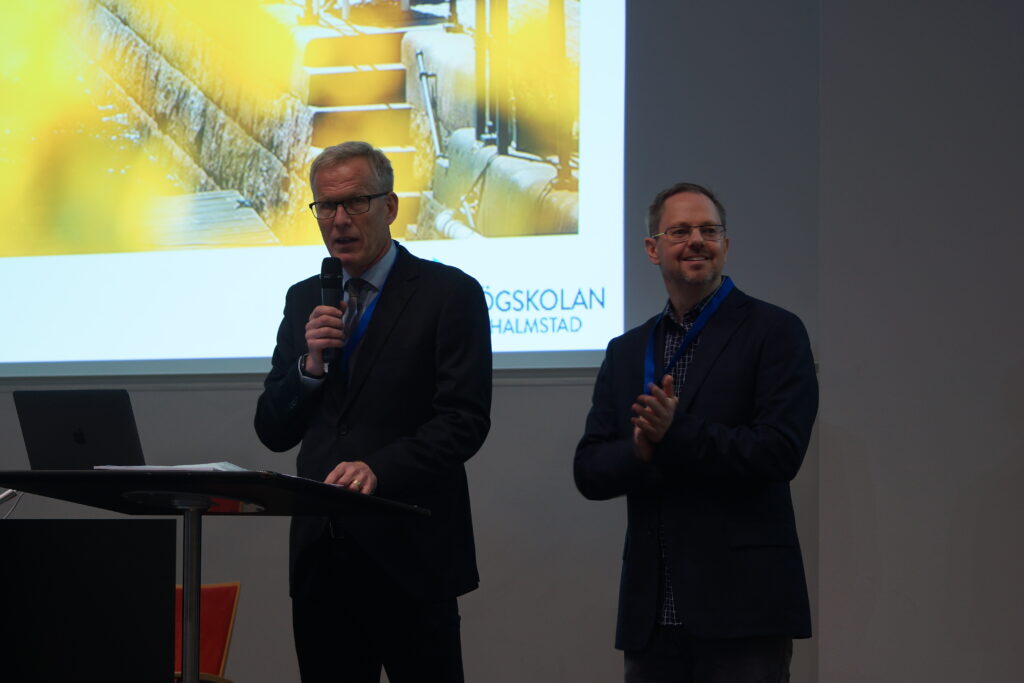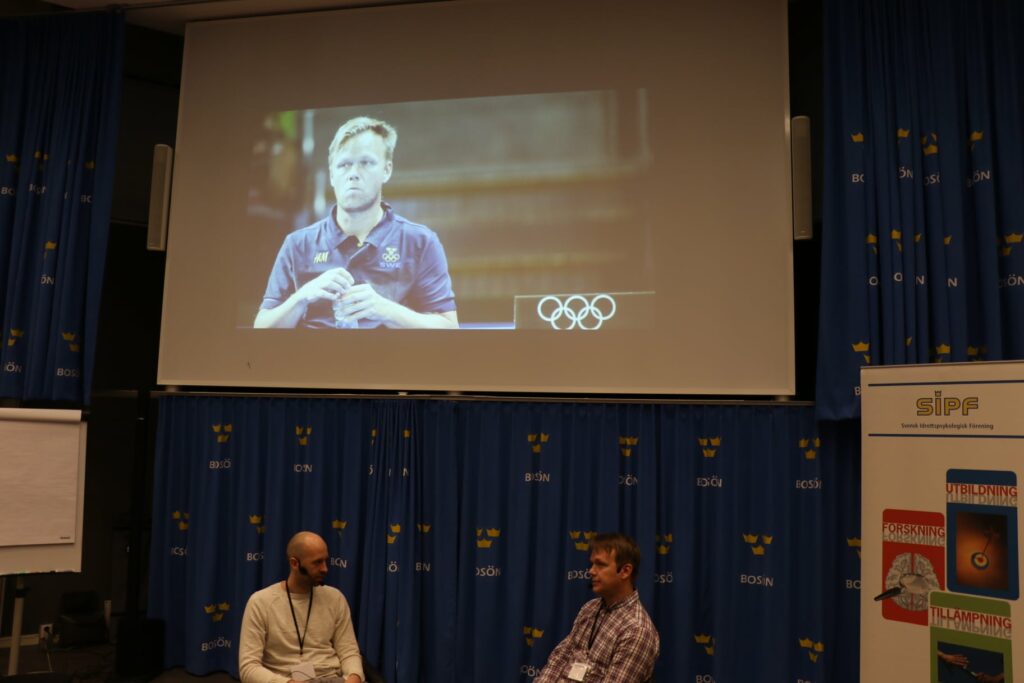Background (by Urban Johnson)
→ About the speaker: Urban Johnson is a professor in sport psychology at Halmstad University, Sweden. His long experience as a sport psychologist, handball coach and researcher in the field of psychology of sport injury make him one of the European leader about this specific topic. He conducted various studies of psychological factors during rehabilitation of long-term injured competitive athletes, risk factors preceding injury occurrence and preventive intervention designs.
Text: Simon Martin, a summary of the symposium: “Psychological perspectives on sport injuries” held at the Nordic sport science conference. November 22/23 2017, Halmstad.
Sport injury: how big is the phenomenon? (Illustration in soccer). 65 to 95% of Swedish elite players experience at least one injury during a single season.1
How much does it cost? Together with athletes’ psychological and physiological impairment, sport injuries represent a substantial cost for the sport organisations. Thus, an injured player costs his club no less than 500 000€/month.2
But…what is it doctor? Acute, single trauma, time-loss injuries must be differentiated from overuse (or chronic) injuries that result from repetitive use or stress. Because of their complex etiology and symptomatology, overuse injuries have been poorly investigated so far.
Pre-injury studies: Common factors to both type of injuries, such as personality traits, coping skills or stress events have been shown to influence injury risk.
Post-injury studies: Other studies, thanks to a biopsychosocial perspective, focus on how to enhance injured athletes rehabilitation.
→ The Following key notes, taken from oral paper presentations, shed light upon some of these aspects.
References:
1 Hägglund, M. (2007). Epidemiology and prevention of football injuries (Doctoral dissertation, Institutionen för hälsa och samhälle).
2 Ekstrand J. Keeping your top players on the pitch: the key to football medicine at the professional level. Br J Sports Med 2013;47:723–4.
[/ihc-hide-content]



